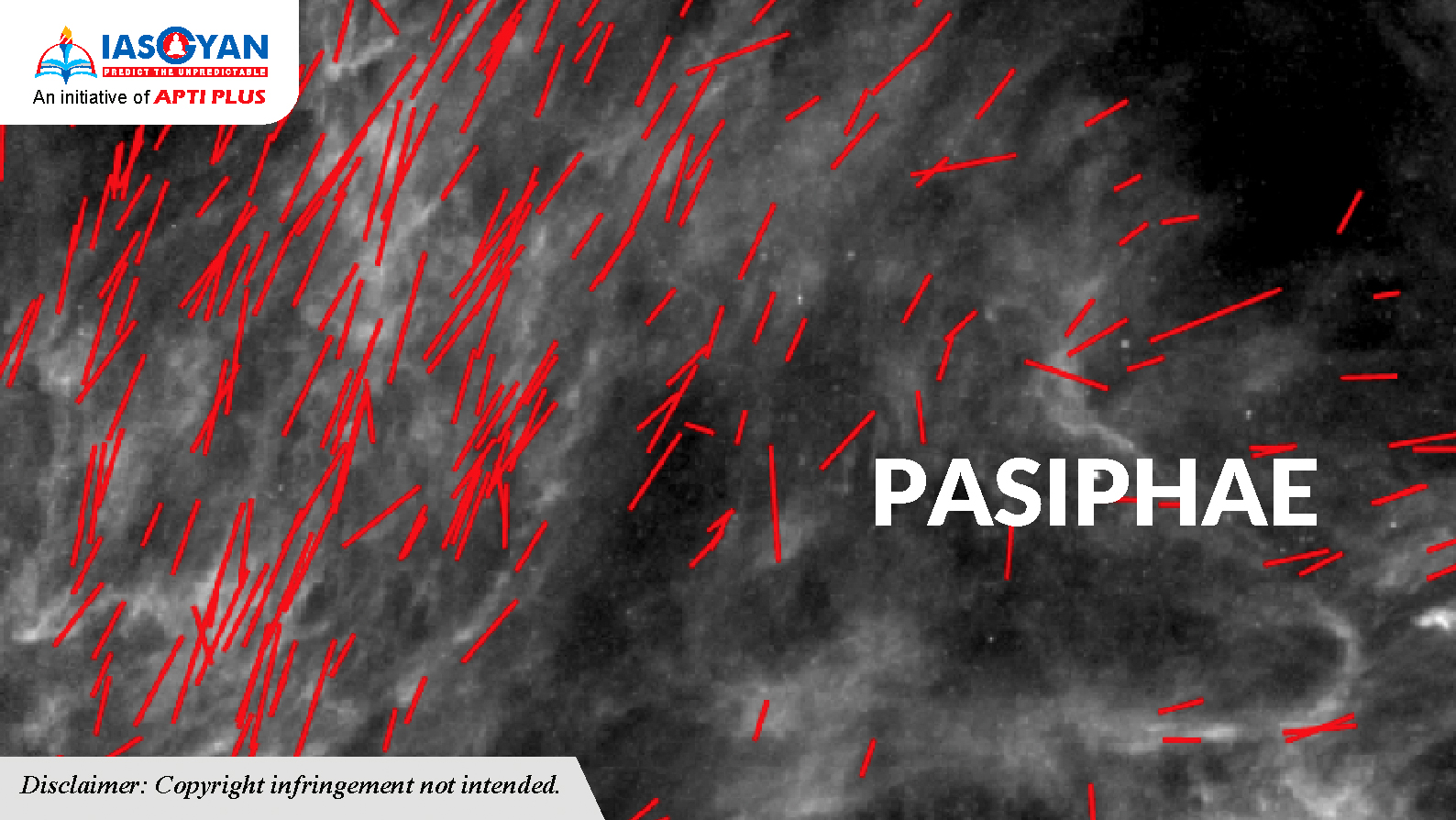




|
A light wave that is vibrating in more than one plane is referred to as unpolarized light.Polarized light waves are light waves in which the vibrations occur in a single plane.A polarimeter is an optical instrument with which one can accurately measure the angle by which the polarization of light is rotated.
|
| Global Astrometric Interferometer For Astrophysics (GAIA) is a space observatory of the European Space Agency (ESA), launched in 2013. The spacecraft is designed for astrometry: measuring the positions, distances and motions of stars with unprecedented precision.The mission aims to construct by far the largest and most precise 3D space catalog ever made, totalling approximately 1 billion astronomical objects, mainly stars, but also planets, comets, asteroids and quasars, among others. |
| The Cosmic Microwave Background (CMB) is the cooled remnant of the first light that could ever travel freely throughout the Universe. This 'fossil' radiation, the furthest that any telescope can see, was released soon after the 'Big Bang'. Scientists consider it as an echo or 'shockwave' of the Big Bang. |
| Photometry, in astronomy, is the measurement of the brightness of stars and other celestial objects (nebulae, galaxies, planets, etc.). Such measurements can yield large amounts of information on the objects’ structure, temperature, distance, age, etc. |
Watch this video for better understanding: https://youtu.be/OQVXNSmgQ3E
© 2025 iasgyan. All right reserved